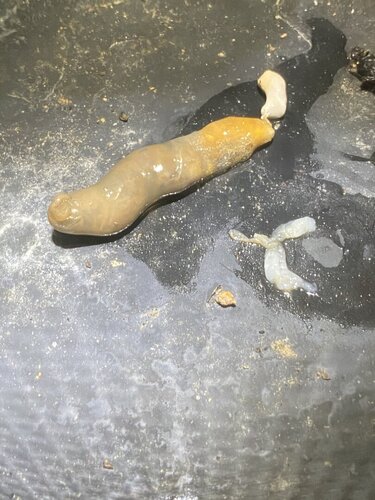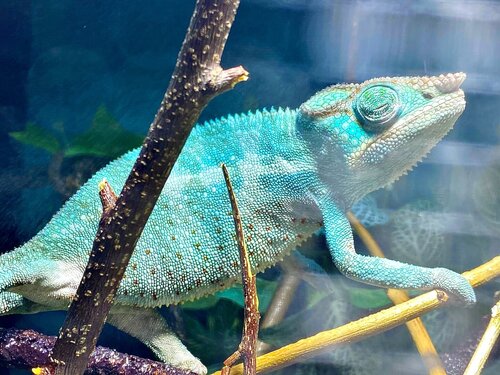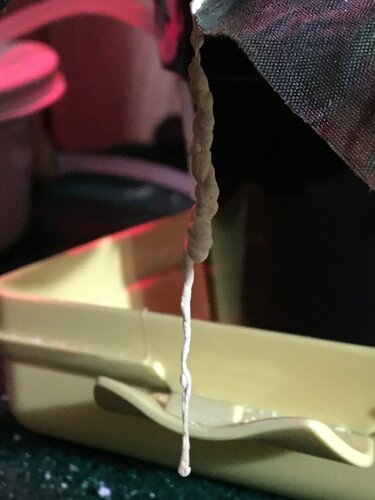Shannongagnon3
New Member
Thank you! I have a female so I guess I won't be seeing these.They are sperm deposits from a male chameleon. They are usually cream/white in color and kind of waxy. Means your chameleon is reaching sexual maturity. Totally normal.
View attachment 252843





















